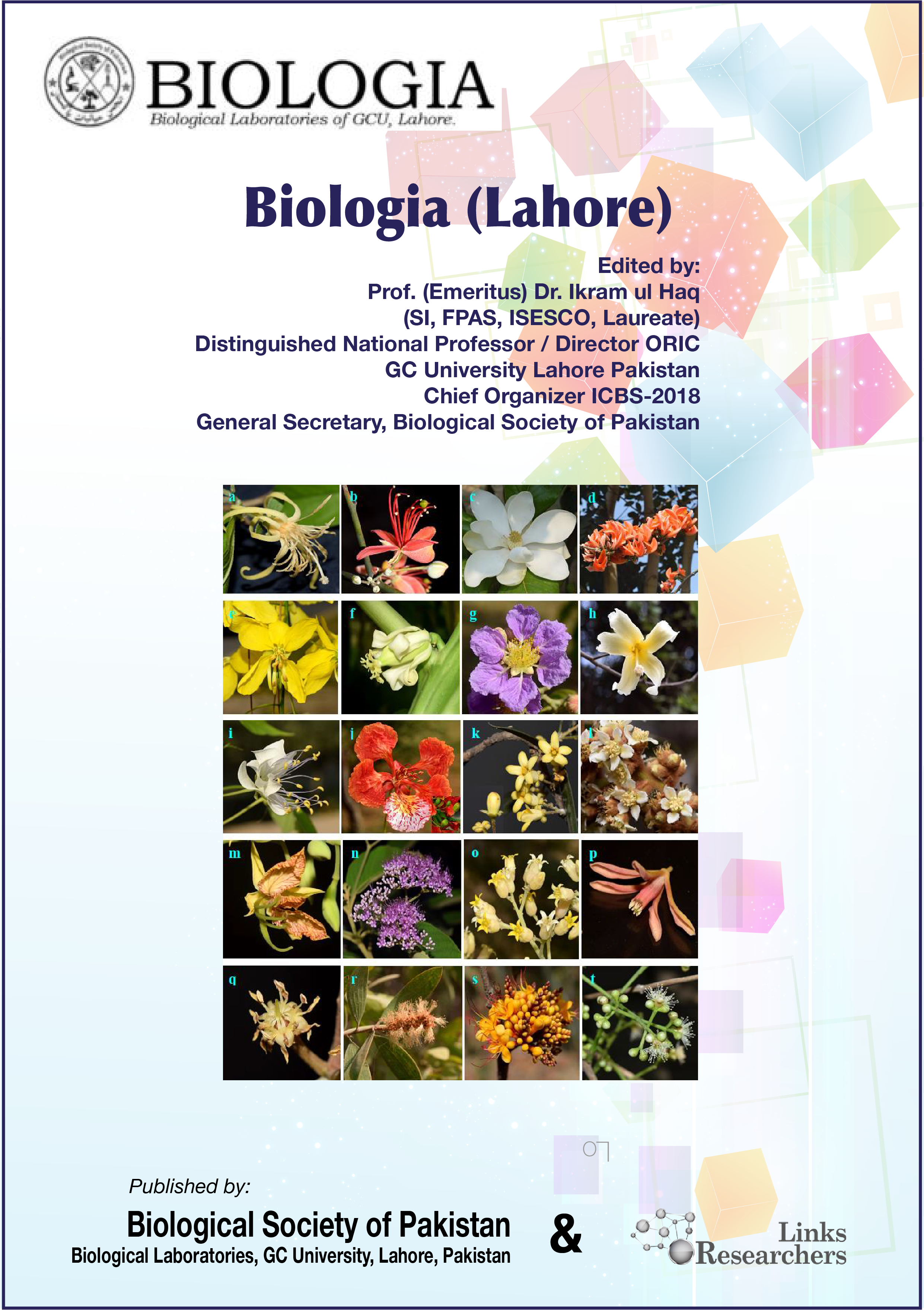UV/Vis Spectrophotometric Quantification of Vitamin C in Leafy Vegetables Under Different Storage Conditions
UV/Vis Spectrophotometric Quantification of Vitamin C in Leafy Vegetables Under Different Storage Conditions
MUHAMMAD WAHEED MUSHTAQ1*, NAUMAN JAMIL KHAN1, NAVEED ASLAM DOGAR1, AISHA HAMEED2, ABDUL HAMEED2, MALIK ADIL2, HAROON IFTHIKHAR3 & SAIRA ISHAQ4
ABSTRACT
|
Leafy vegetables (LVs) have health promoting phytochemicals and are rich source of many nutrients such as Vitamin C (Vit. C). The aim of this study was to design an easy, accurate, sensitive and fast method to determine concentration of vitamin C (ascorbic acid) from leafy vegetables. So, concentration of Vit. C was measured spectrophotometrically by making a red color complex between 1, 10 Phenanthroline and Vit. C in the presence of ferric chloride (FeCl3). This colored product has maximum absorption at lambda max (λmax= 430 nm). Ascorbic acid was estimated from leafy vegetables placed at three different conditions such as firstly, from fresh vegetables as available in market, secondly stored for 2 days at room temperature (25±2 ºC) and thirdly, stored in refrigerator (4 ºC) for 2 days. It was observed that vegetables stored at room temperature was significantly affected by loss of Vit. C as compared to refrigerated LVs. The average % age loss of ascorbic acid observed in refrigerated and room temperature stored vegetables was 34.18 % and 40.9 % respectively, as compared to fresh one. The highest concentration of vitamin C in fresh LVs was shown by spinach (268.7 mg/L) and least by lettuce (98.03 mg/L). This study shows that fresh vegetables are good source of vitamin C as compared to stored vegetables.
|
To share on other social networks, click on any share button. What are these?








